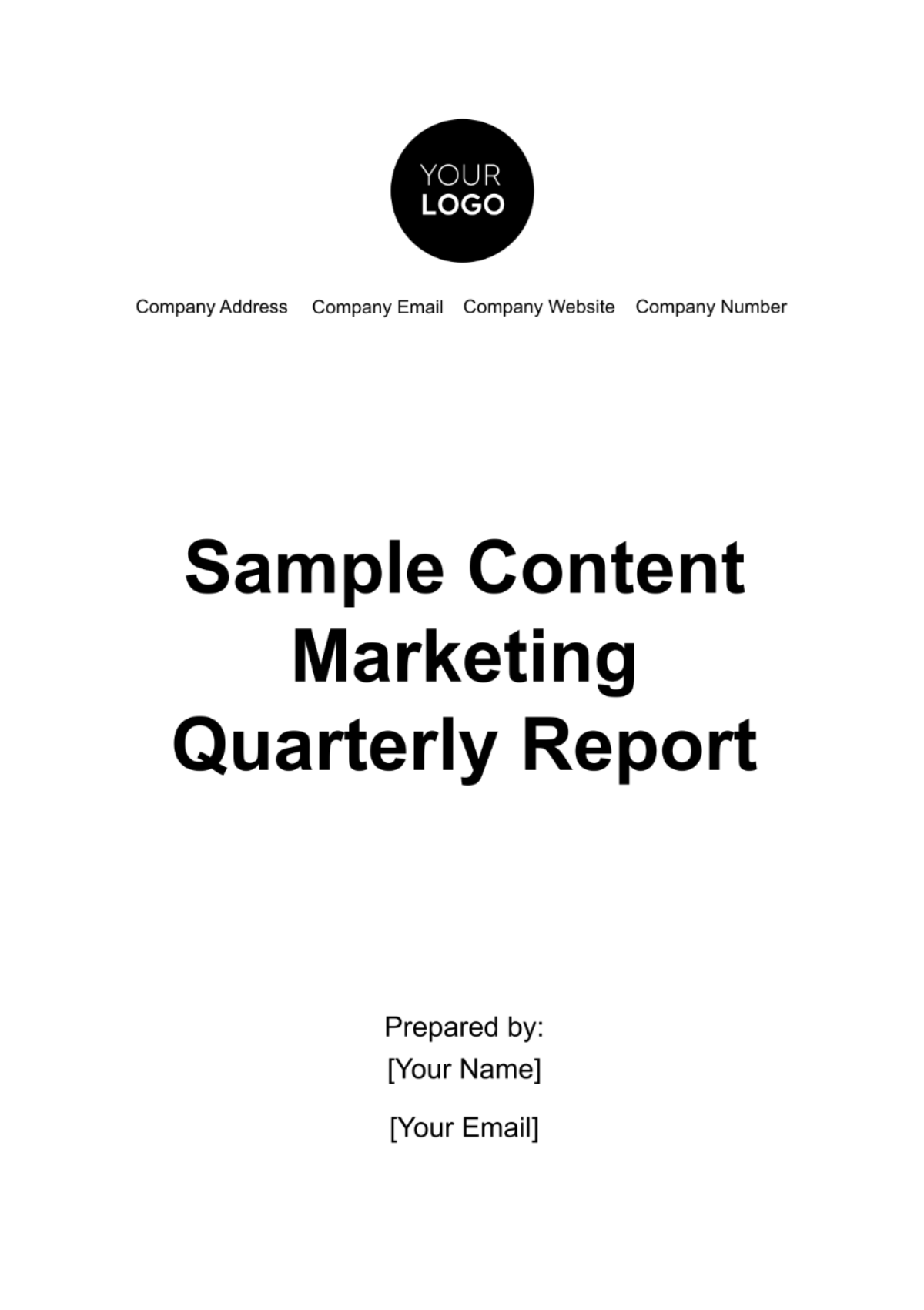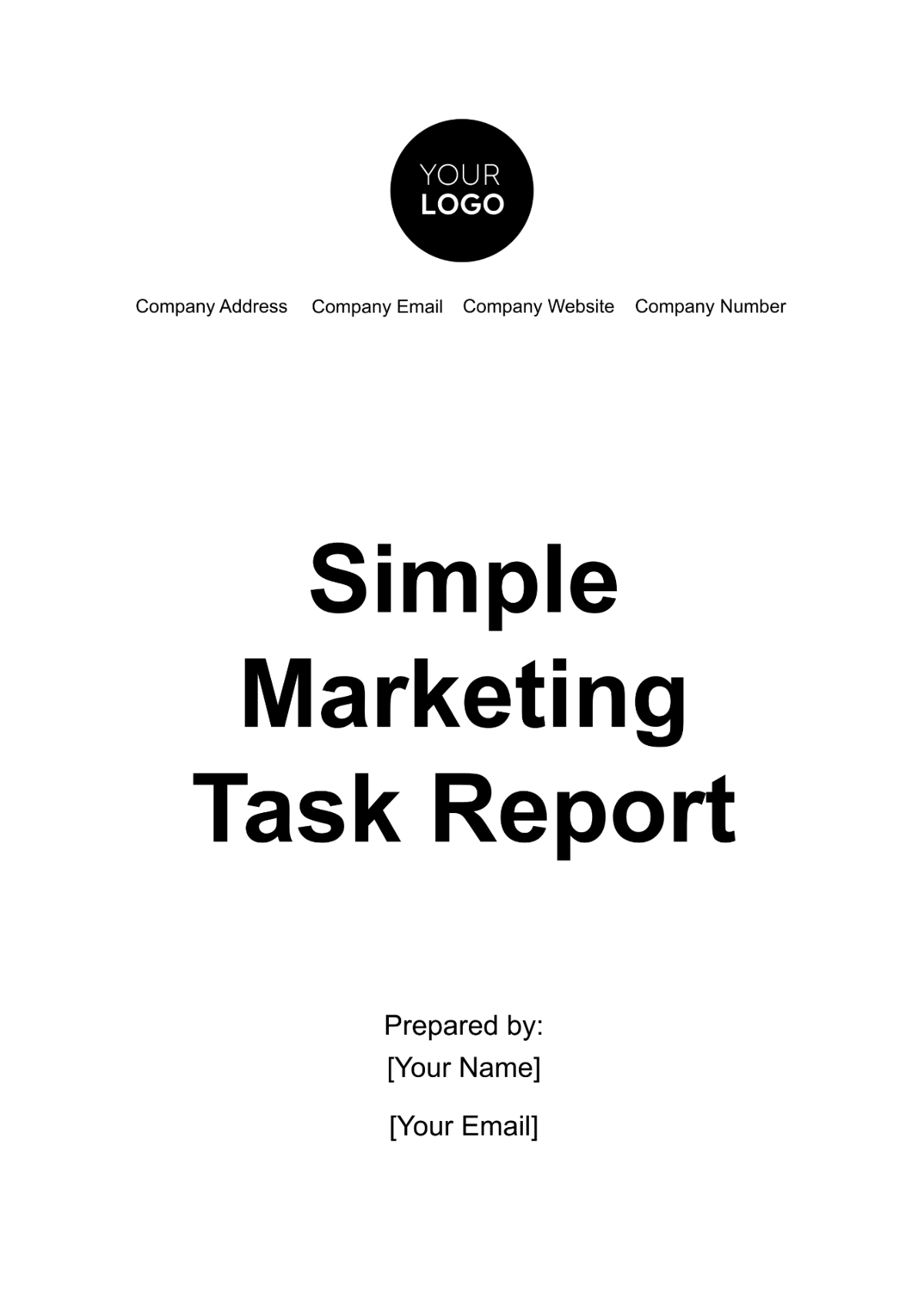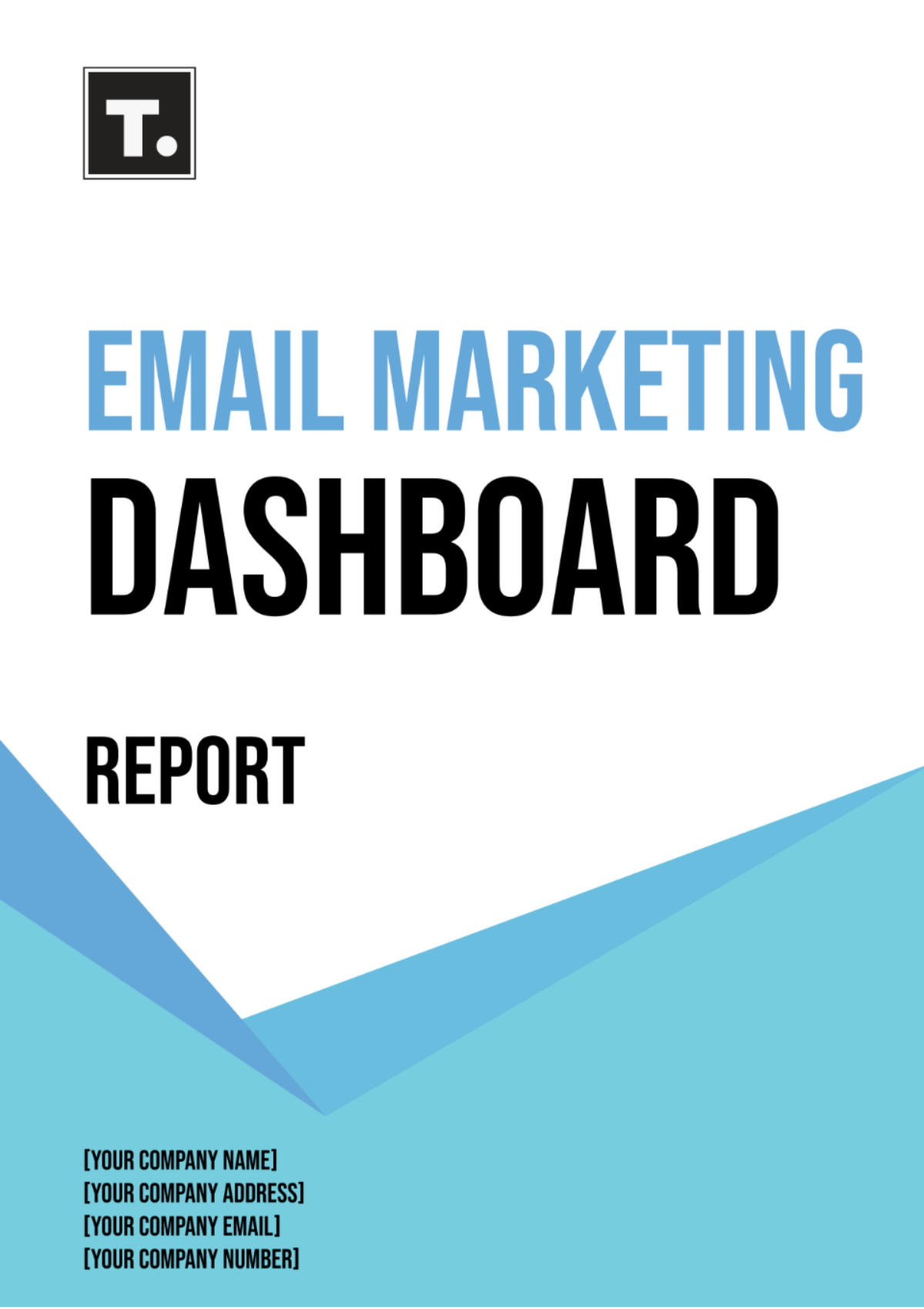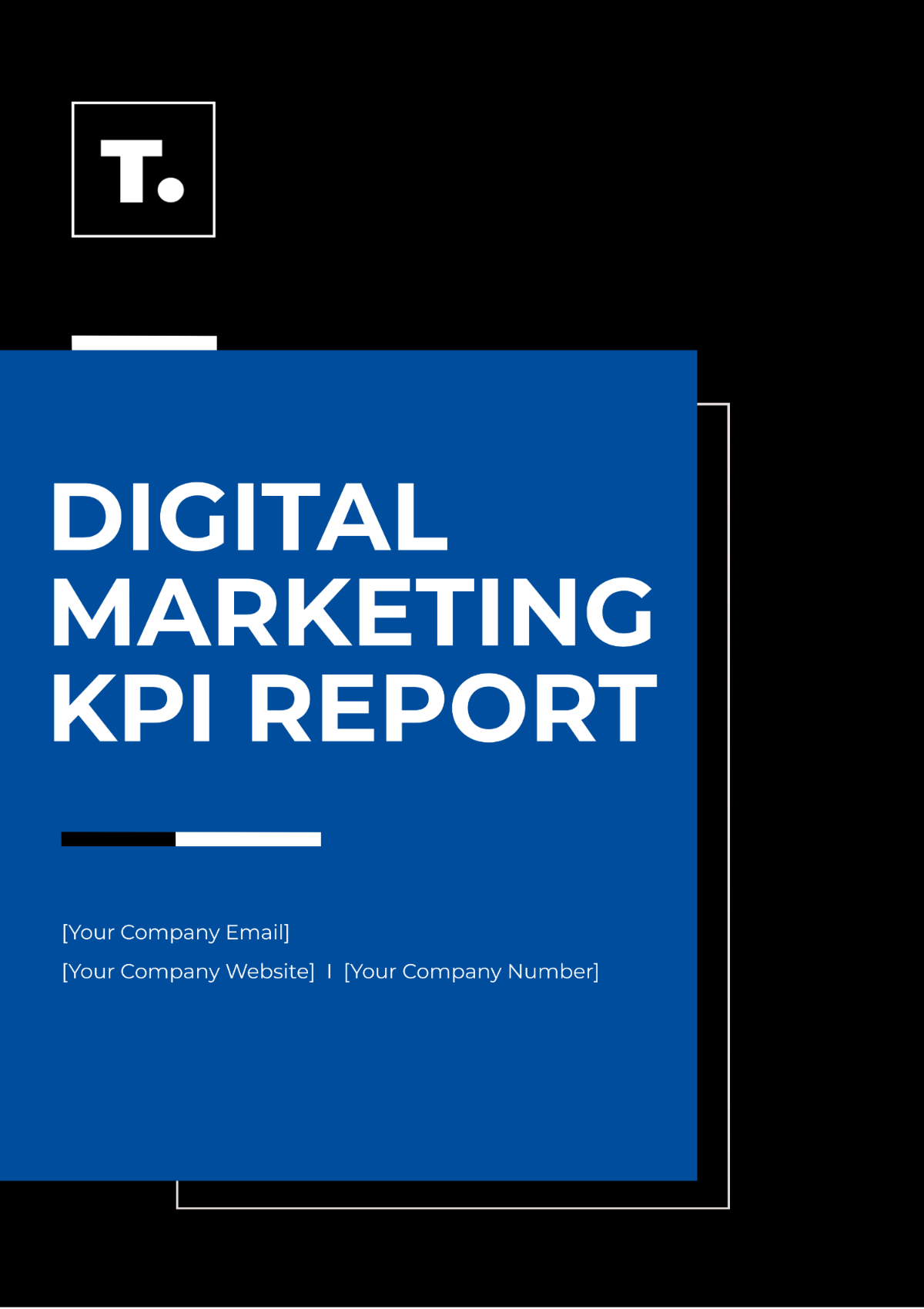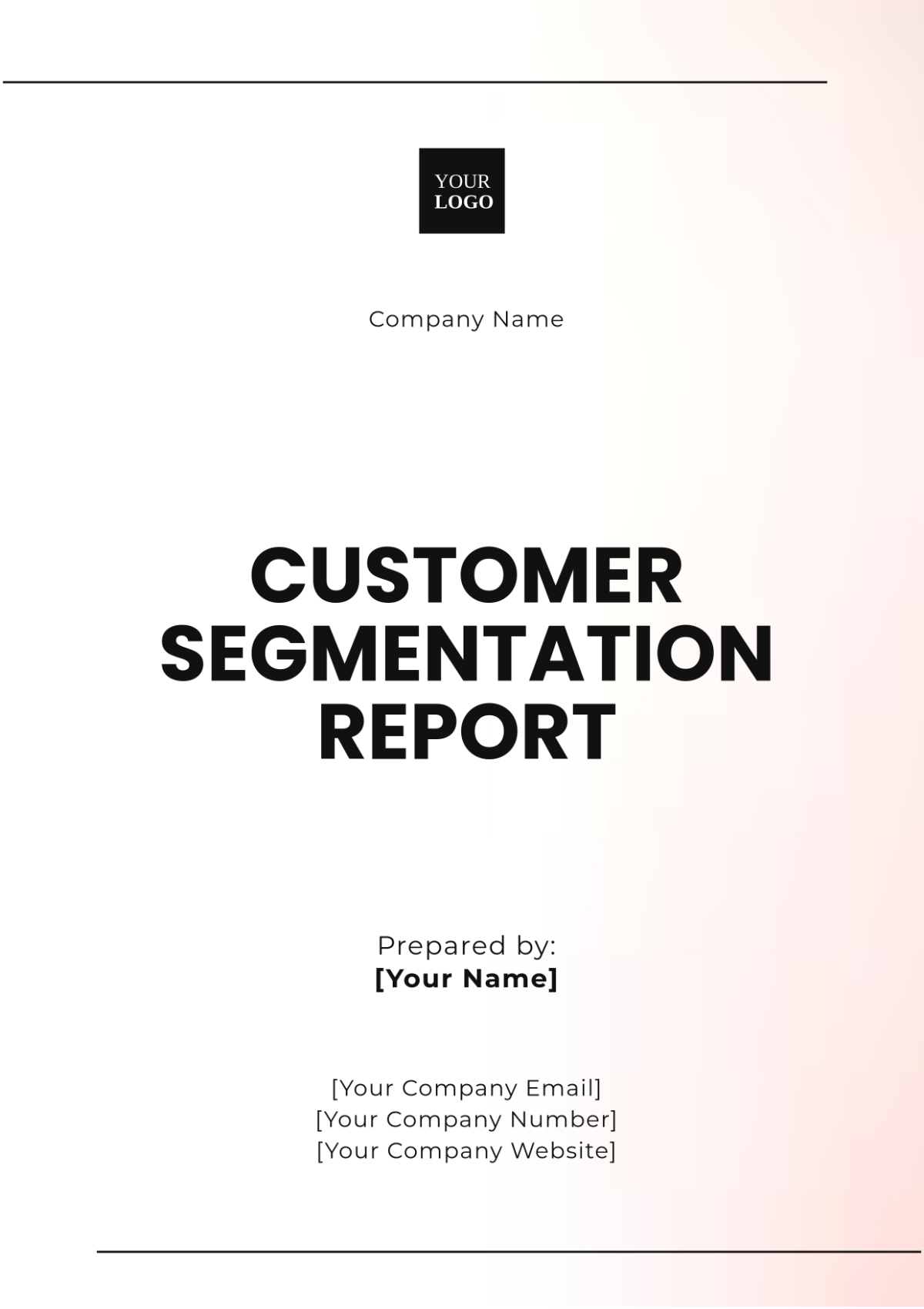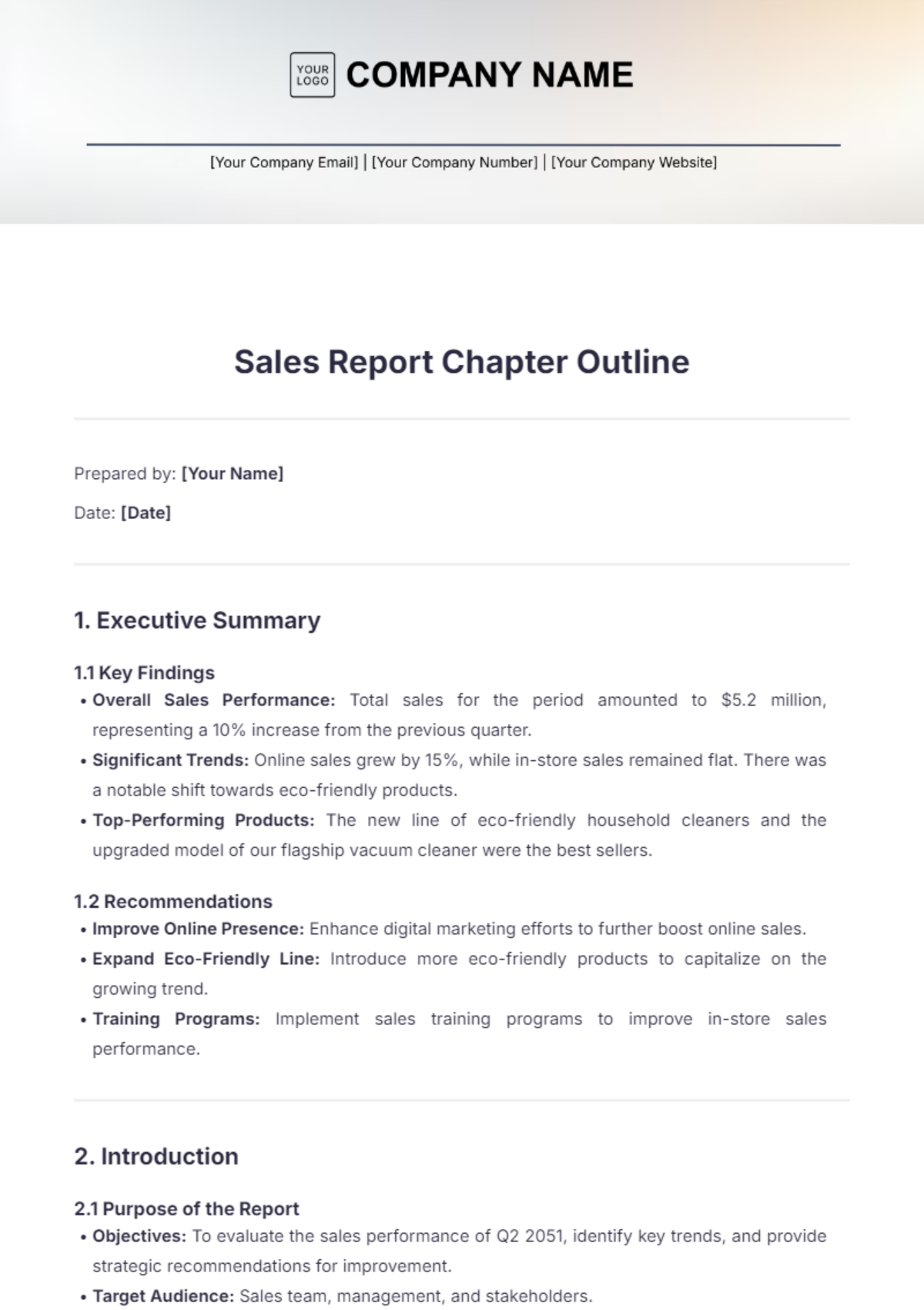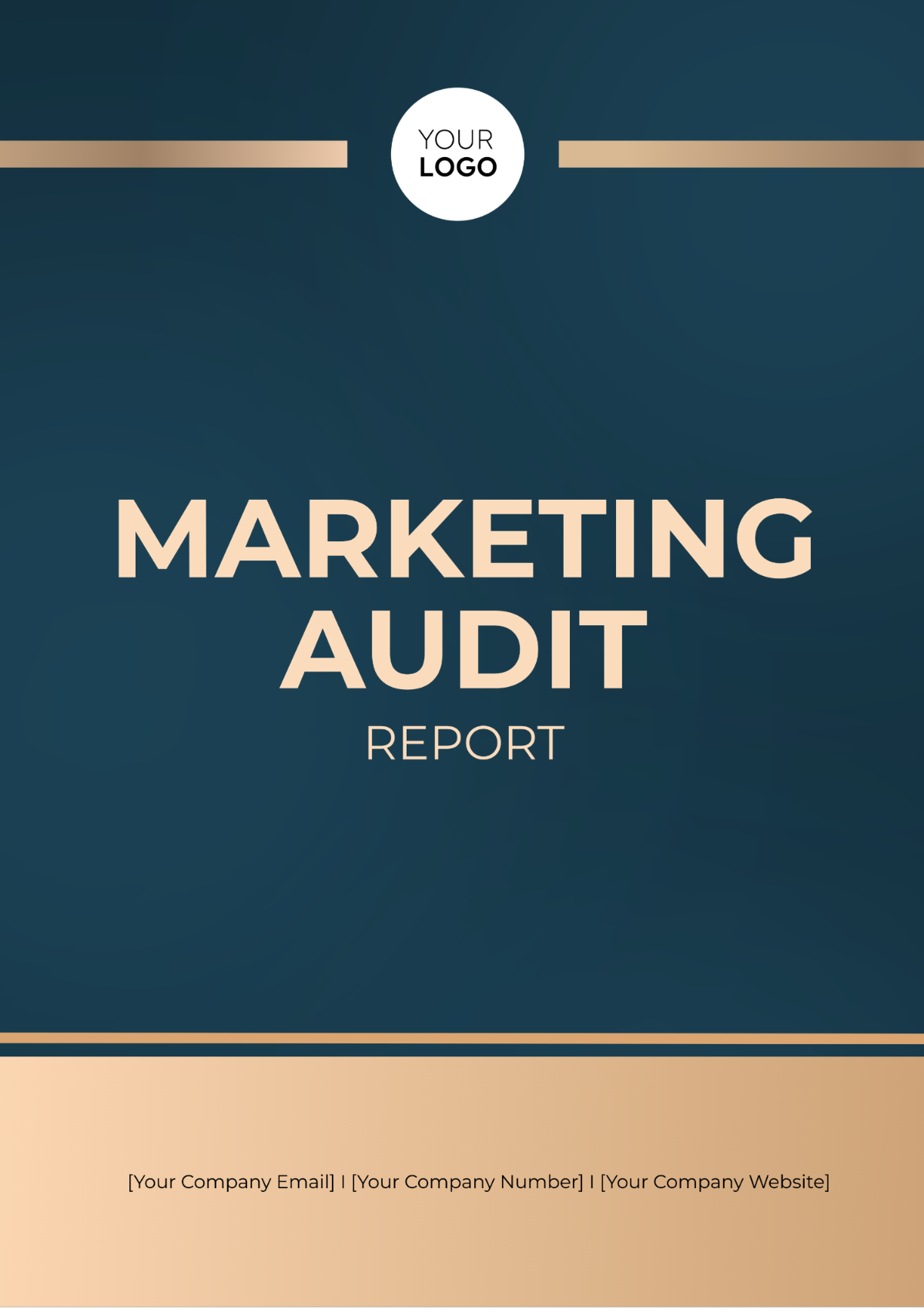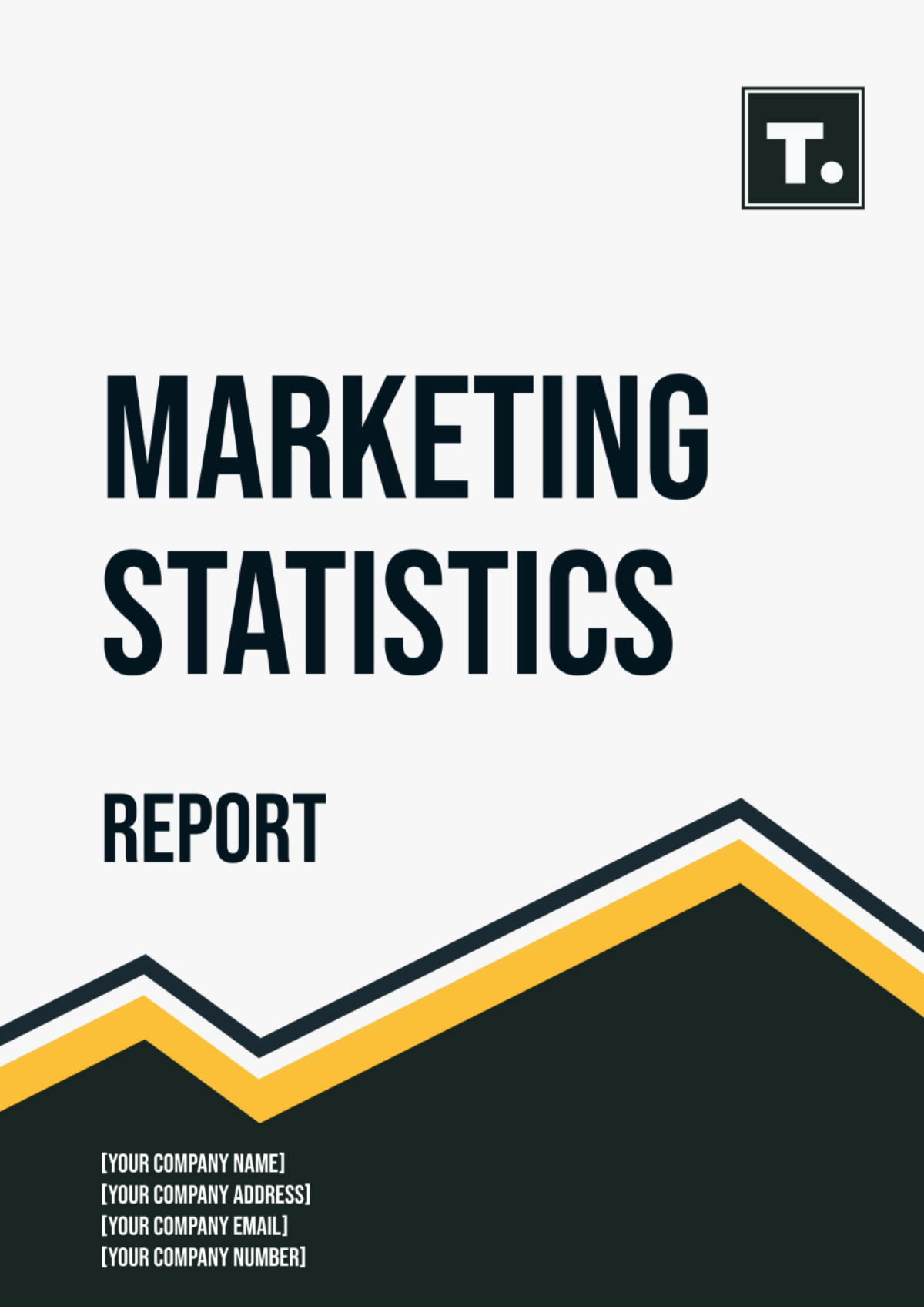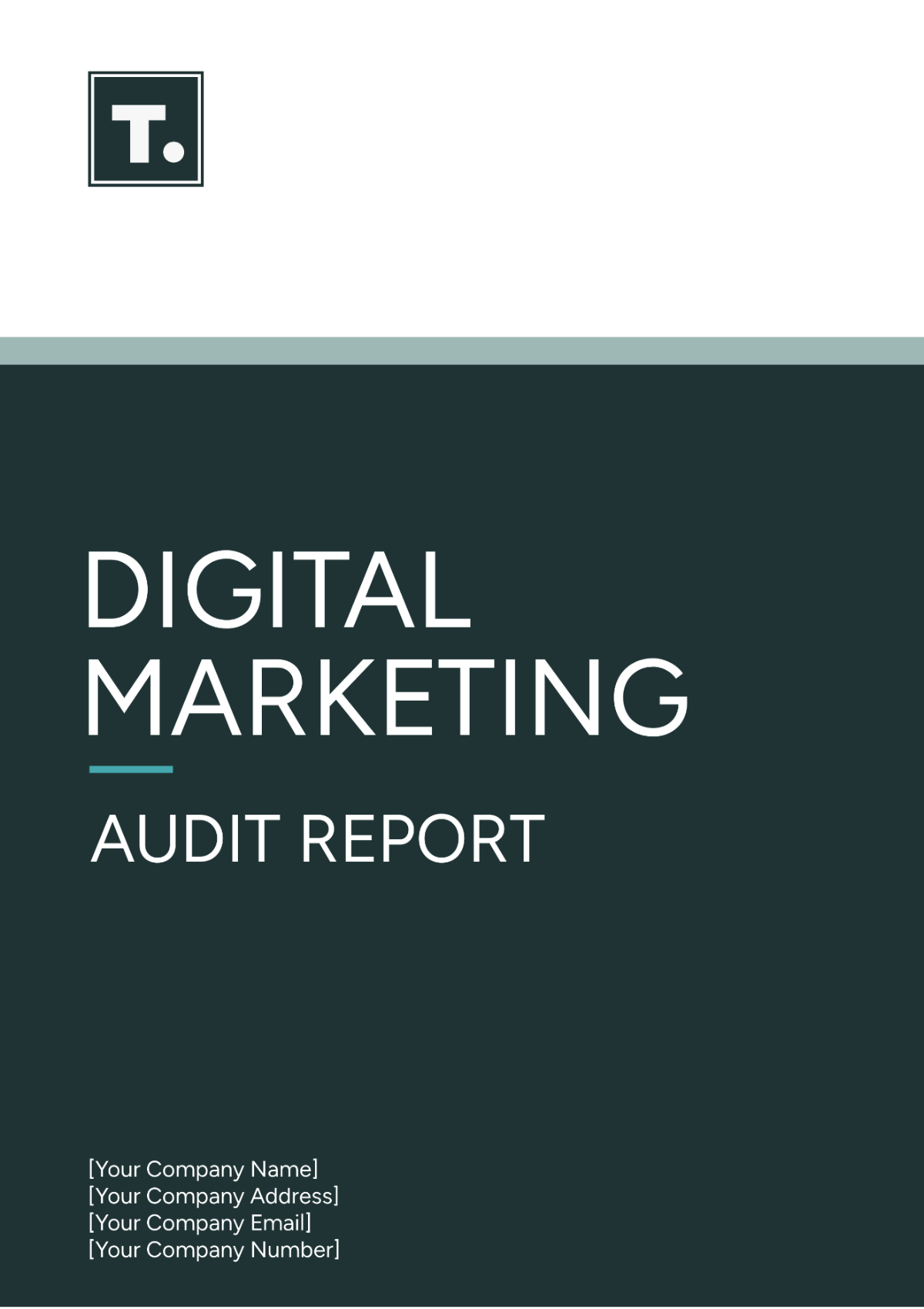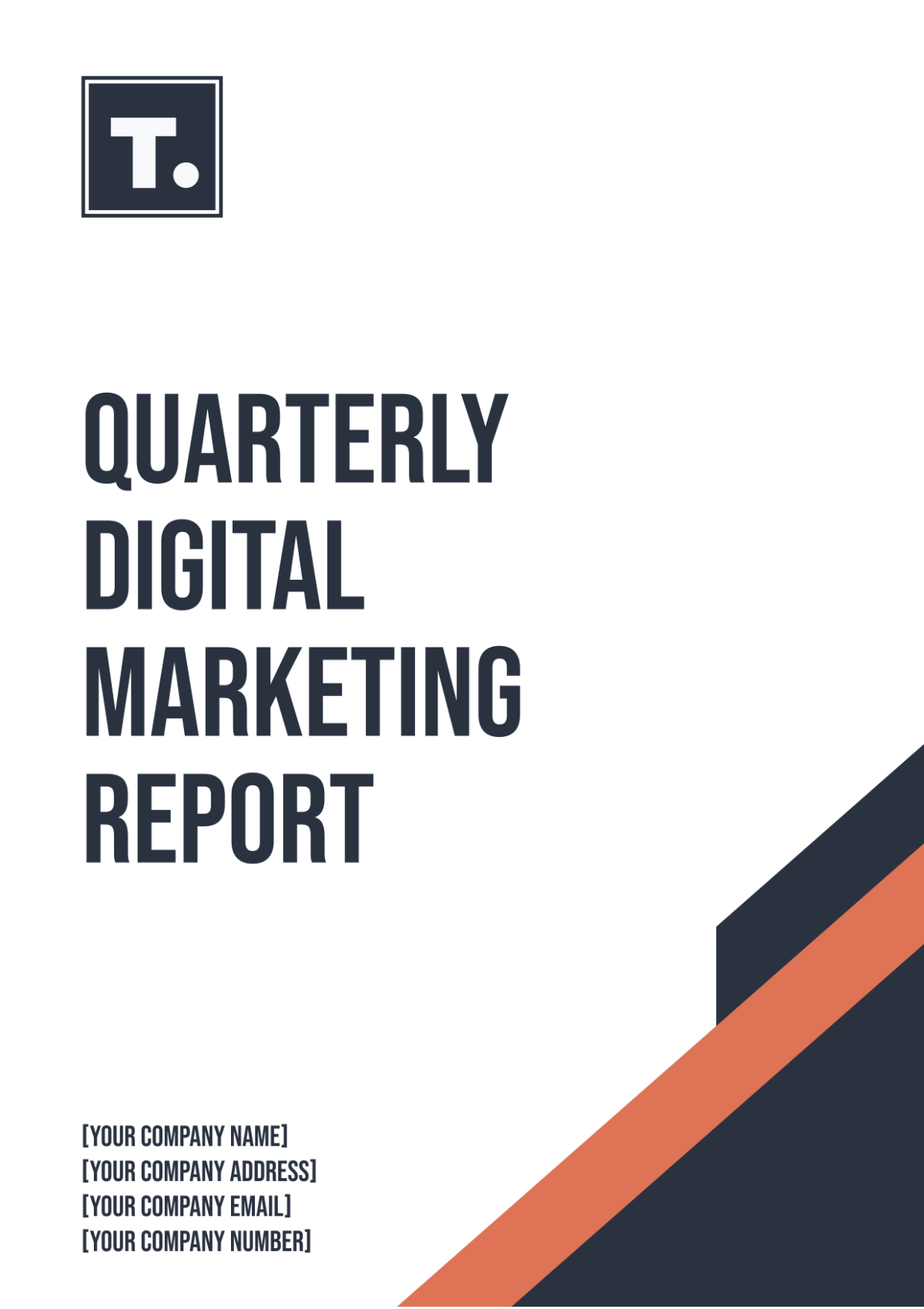Marketing Google Analytics Report Layout
I. Executive Summary
(Provide a high-level overview of the key findings and insights from the report. Include a summary of the main performance metrics, overall trends, and any significant changes compared to previous periods.)
Objective: (Briefly state the goals of the marketing campaign or period under review.)
Key Metrics: (Highlight the most important metrics such as total traffic, conversion rate, and ROI.)
Overall Performance: (Summarize how well the marketing efforts met the objectives.)
II. Traffic Overview
(Present an overview of website traffic sources and volumes. Include data on the total number of visitors, sessions, and pageviews.)
Total Sessions: (Display the total number of sessions within the reporting period.)
Traffic Sources: (Break down traffic sources (e.g., organic search, direct, referral, social media).)
Geographical Data: (Show where the traffic is coming from geographically.)
III. User Behavior Analysis
(Analyze how users interact with the website. Include metrics such as average session duration, bounce rate, and pages per session.)
Session Duration: (Average time users spend on the site.)
Bounce Rate: (Percentage of visitors who leave after viewing only one page.)
Pages per Session: (Average number of pages viewed per session.)
IV. Conversion Tracking
(Evaluate the effectiveness of the marketing campaigns in achieving desired actions. Include conversion rates, goals completed, and any e-commerce tracking data.)
Conversion Rate: (Percentage of visitors who completed a goal (e.g., made a purchase, signed up for a newsletter).)
Goals Completed: (Number of times specific goals were achieved.)
Revenue Data: (For e-commerce, present total revenue and average order value.)
V. Campaign Performance
(Detail the performance of specific marketing campaigns. Include data on campaign-specific traffic, conversions, and ROI.)
Traffic by Campaign: (Amount of traffic generated from each campaign.)
Conversion Rate by Campaign: (Conversion rates for each campaign.)
ROI: (Return on investment for each campaign.)
VI. Audience Insights
(Provide information about the audience demographics and interests. Include age, gender, location, and interests.)
Demographics: (Age and gender breakdown of users.)
Interests: (Categories or topics of interest for the audience.)
Behavioral Segments: (Insights into user behaviors and preferences.)
VII. Device and Platform Analysis
(Analyze how users access the website across different devices and platforms. Include data on mobile vs. desktop traffic, browser types, and operating systems.)
Device Breakdown: (Percentage of traffic from mobile, desktop, and tablet.)
Browser Usage: (Distribution of different web browsers used by visitors.)
Operating Systems: (Data on operating systems used to access the site.)
VIII. Recommendations and Action Items
(Offer actionable insights based on the data. Include recommendations for improving performance and any strategic adjustments.)
Optimization Recommendations: (Suggestions for improving website performance and user experience.)
Strategy Adjustments: (Changes to marketing strategies based on performance data.)
Next Steps: (Outline specific actions to take for future campaigns or website) enhancements.









